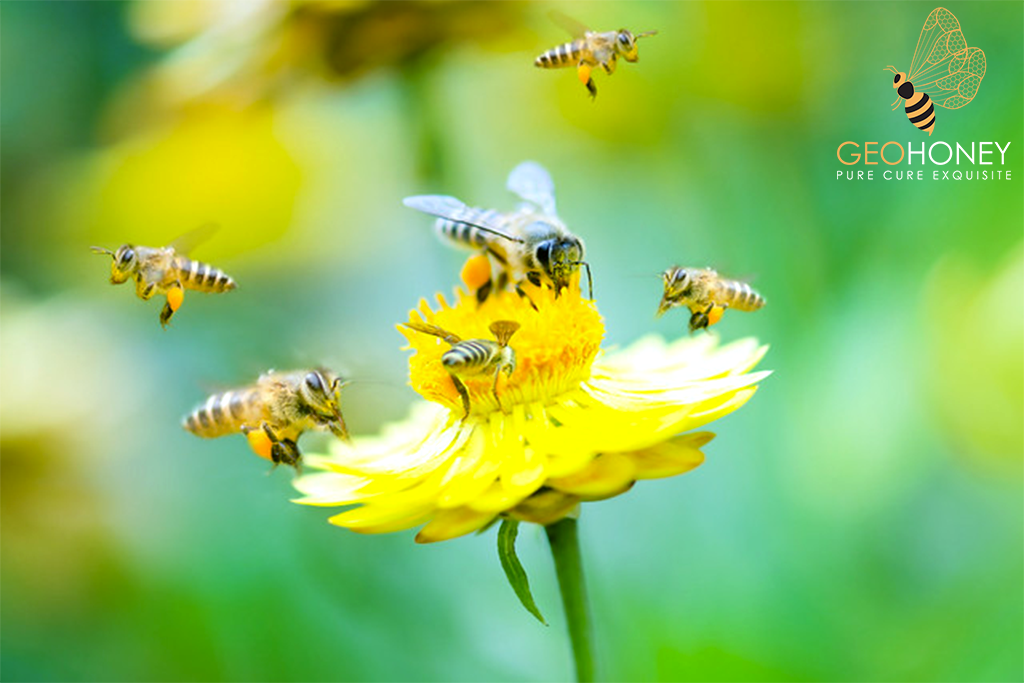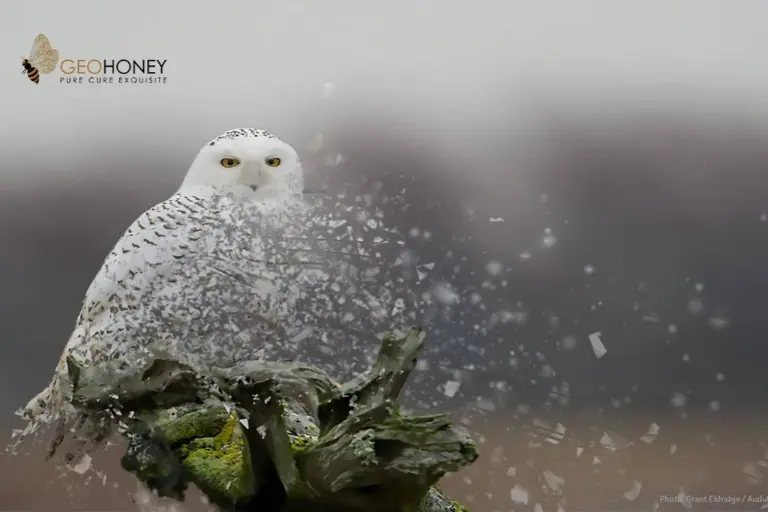- Tokyo: 16:18
- Singapore: 15:18
- Dubai: 11:18
- London: 07:18
- New York: 02:18
According to a Study, Honey Bees Exchange Knowledge to Improve their "Waggle Dance" Abilities

Honey bees use the waggle dance as a means of communication to let their nestmates know where to get the best food.
According to scientists, honey bees employ social learning to hone their so-called "waggle dancing" abilities by imitating more seasoned companions. The honey bees use waggle dance as a means of communication to direct their nestmates to the finest sources of food.
The researchers noticed that bees that did not learn to dance by watching others made disorganised, mistake-filled movements. The research team said that the results, which were reported in the journal Science, show that the waggle dance is a sophisticated form of communication used by these bees and is influenced by social learning.
According to them, passing down common knowledge from one generation to the next is "a characteristic of culture" and is a behaviour that is common among both humans and animals. We are starting to realise that, like people, animals can transmit knowledge essential to their survival through communities and families, according to study author James Nieh, a professor in the Department of Ecology, Behavior, and Evolution at the University of California San Diego in the US.
"Our recent research demonstrates that we may now incorporate insects in such social learning."
Honey bees have been doing the waggle dance for some time to signal other colony members to a good source of pollen, nectar, or water. However it wasn't obvious whether this dance was learnt or intrinsic (preprogrammed). Five experimental colonies were created by the researchers using immature bees that were just one day old. Each movement in a waggle dance, where bees move their bodies in figure-eight patterns, translates to information regarding food, including direction, distance, type, and quality of the meal.
The study's first author, Dr. Dong Shihao of the Chinese Academy of Sciences in China, said: "As these bees grew older, we watched the colonies until we saw the first waggle dances, and then we saw the same dancers 20 days later when they had more experience foraging and dancing."
The study discovered that a week or two after hatching, the bees started to dance despite having no prior experience. These bees made disorganised dances with "severe mistakes in direction and distance," the researchers found, but they did so. The researchers discovered that the bees' directionality increased with age, but they persisted in exaggerating the length of their dances.
This is in line with recent research from Queen Mary University of London that revealed the bumblebee, a different species of bee, learned to solve difficulties by imitating its peers.
Professor Lars Chittka of sensory and behavioural ecology at Queen Mary University of London commented on the honey bee study, saying that it "is thought that the waggle dance is one of the most astonishing discoveries of animal communication - a symbolic language in an insect.
But, it had previously been written off as being "simply natural" and, as a result, less amazing in the eyes of many.
"The discovery that - at least in part - this behaviour must be learnt opens up a wholly new perspective: that perhaps the dance language was, at its early evolutionary roots, based on individual innovations that at first spread by social learning, only to be later cemented into partially hardwired, more innate routines," continued Prof. Chittka, who is also the author of the new book The Mind Of A Bee.
Source: www.independent.co.uk



